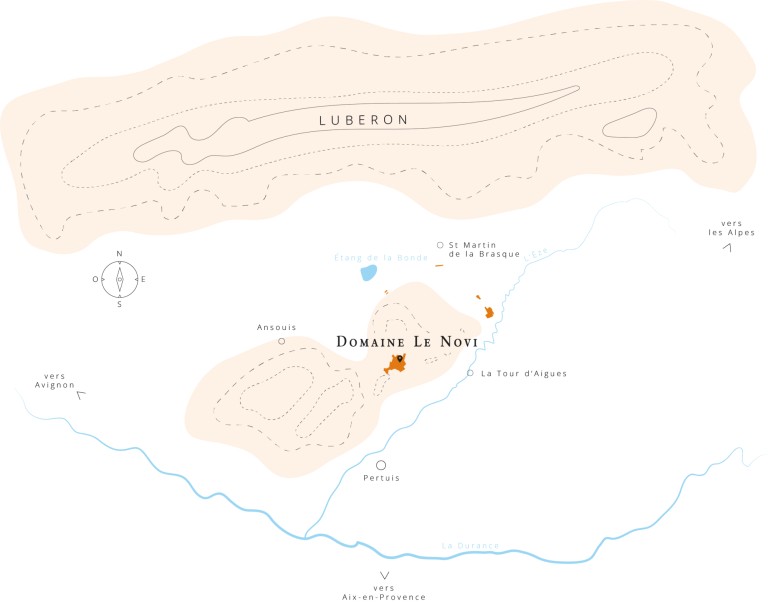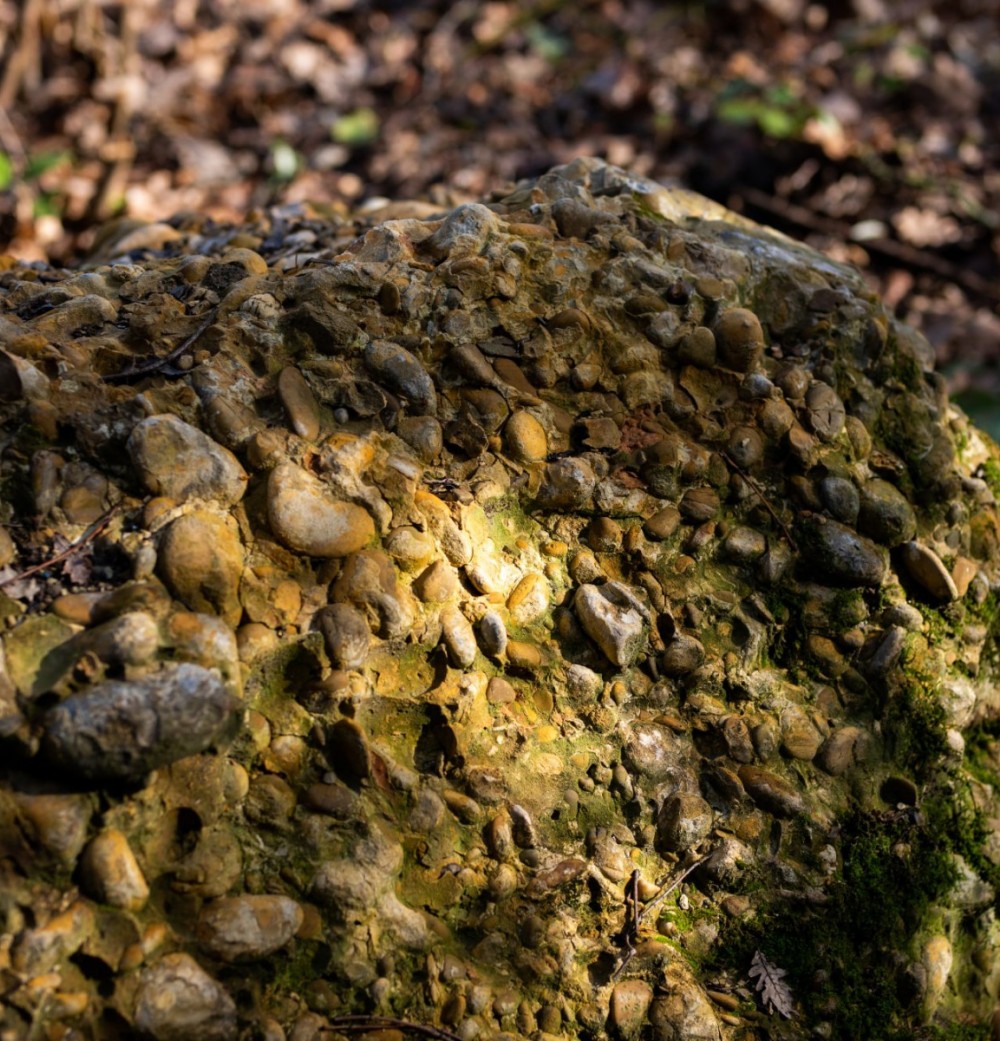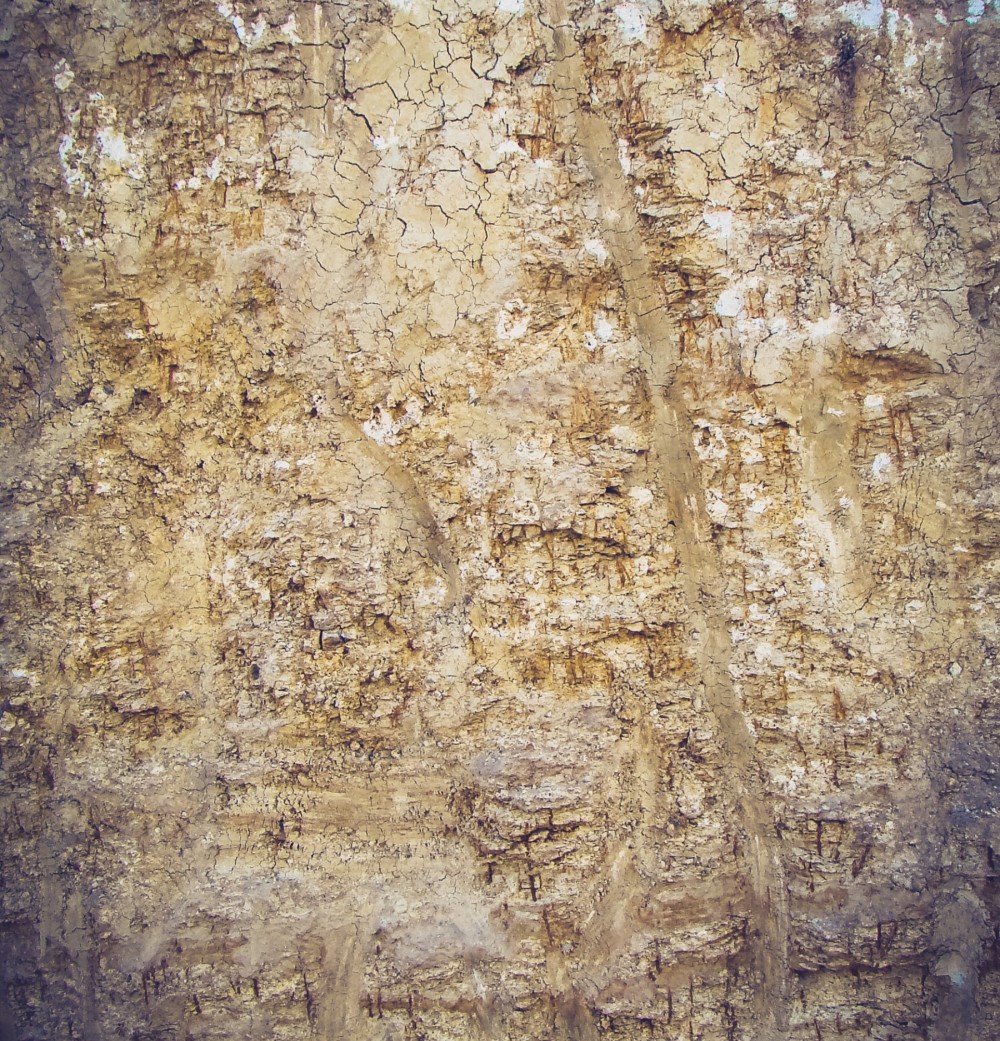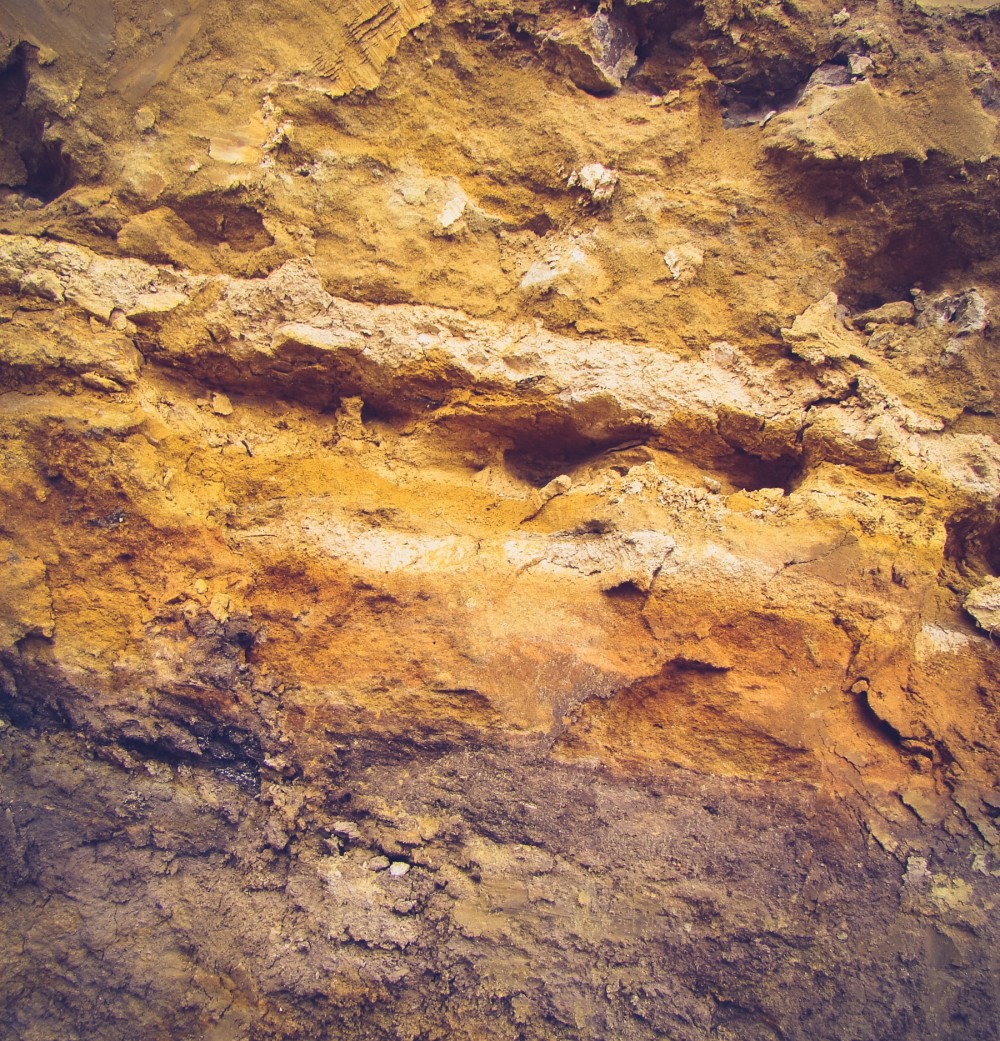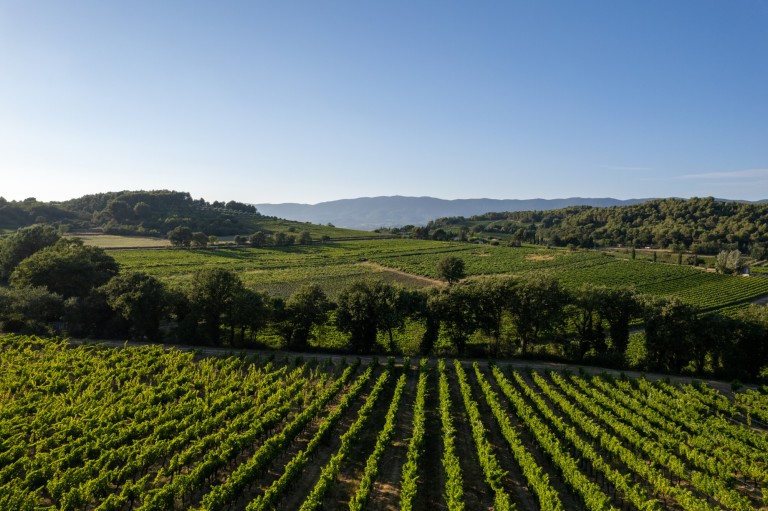The vineyard
" 23 million years since the Miocene have made our terroir what it is today. Conscious of this fact, we strive to extract the finest expression from it every day. "
It all began in the Cretaceous, with the Pyrenean-Provençal bulge that led to the rise of the Luberon, an East-West limestone massif. In the Miocene, the molasse sea (paleo-Mediterranean) covers the Durance basin. Through coastal currents, it captured large quantities of sand and clay carried by rivers from these young massifs.
In the Quaternary period, around 100,000 years ago, colluvium of varying degrees of stoniness and/or sandiness, carried by the rivers that flow down and across the massif (Eze, Riou, Durance), accumulated and filled the voids to create soft sandstones, or safres, found mainly in the southeastern part of the Luberon massif in the Aigues region.
Domaine Le Novi is built exclusively on soil from this formation, dating from the Helvetian period (for the silica-rich soils) and the Tortonian period. Safre is characterized by rapid heating and cooling kinetics. This gives the vines a real break on cool summer nights, preserving fresh aromas and high acidity potential.
The late terroir of southeastern Luberon
A Mediterranean climate at the crossroads of Rhodanian and maritime influences, Luberon is one of France's sunniest regions, with 2,600 hours of sunshine. Altitude and cold air currents from the high plateaux of Provence are strong markers of our climate. They lead to wide daily temperature swings. At the foot of the southern slope, Domaine Le Novi is located in the appellation's late-harvest zone, on the eastern side of the massif. This climatic typicity means that our grapes ripen slowly. Combined with a rugged topography and east and north-facing exposures, we cultivate a mosaic of mesoclimates that provide nuances for the expression of our 15 southern grape varieties.

